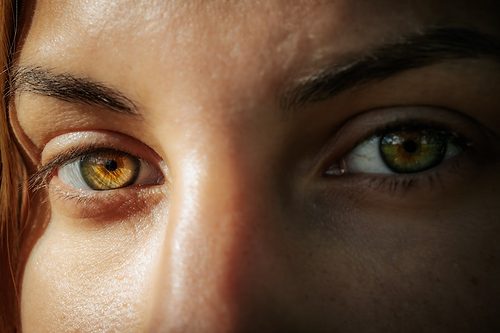General Psychiatry
SOLRIAMFETOL (Sunosi) Fact Sheet
November 29, 2023
PIMAVANSERIN (Nuplazid) Fact Sheet
November 29, 2023
TASIMELTEON (Hetlioz) Fact Sheet [G]
November 29, 2023
S-ADENOSYL-L-METHIONINE (SAMe) Fact Sheet [G]
November 29, 2023
PROPRANOLOL (Inderal) Fact Sheet [G]
November 29, 2023
ARMODAFINIL (Nuvigil) Fact Sheet [G]
November 29, 2023
Serotonin Syndrome
November 29, 2023
PRAZOSIN (Minipress) Fact Sheet [G]
November 29, 2023
GUANFACINE (Intuniv, Tenex) Fact Sheet [G]
November 29, 2023
ASENAPINE (Saphris, Secuado) Fact Sheet [G]
November 29, 2023

_-The-Breakthrough-Antipsychotic-That-Could-Change-Everything.jpg?1729528747)



